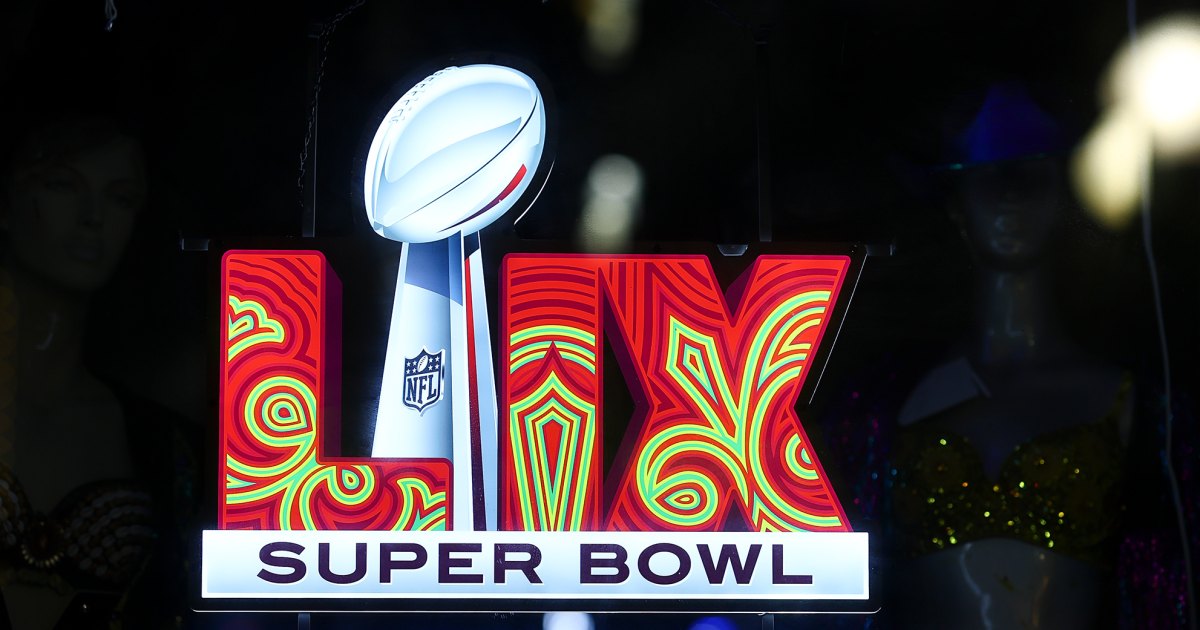Unpacking the Skyrocketing Cost of Super Bowl Advertising
As the Super Bowl approaches, the excitement surrounding one of the most-watched sporting events in the world builds. However, this excitement isn’t just about the game; it’s also about the commercials. Advertisers are grappling with unprecedented ad prices, leading to a significant shift in how brands strategize their Super Bowl presence. In this report, we delve into the factors driving these costs and what it means for brands looking to make a splash during this high-stakes event.
Factors Driving the Skyrocketing Cost of Super Bowl Advertising
The cost of a 30-second ad spot during the Super Bowl has reached staggering heights, with prices often exceeding $7 million. So, what exactly is fueling this trend? Here are some key factors:
- Increased Demand: With millions of viewers tuning in, brands vie for the opportunity to capture the attention of a vast audience. The competition among companies to secure ad slots has intensified, driving prices upward.
- Production Quality: As brands strive to create memorable and engaging ads, the production costs have skyrocketed. High-profile directors, celebrity endorsements, and cutting-edge technology contribute to the increased expenses.
- Viewer Engagement: The Super Bowl is not just a game; it’s an event. Advertisers are now focusing on creating interactive and engaging experiences, which often necessitate larger budgets to ensure that their messages resonate with viewers.
- Digital Integration: With the rise of social media and digital platforms, brands are not just buying airtime; they are investing in comprehensive campaigns that span multiple channels. This holistic approach can significantly increase the overall advertising budget.
The Impact of Streaming Services
As traditional viewing habits evolve, streaming services have begun to play a significant role in advertising strategies. Many viewers now watch the Super Bowl through platforms like Hulu and YouTube TV, which can change the dynamics of advertising.
Brands are now tasked with not only capturing the attention of live viewers but also ensuring that their ads are effective for those watching on-demand. This shift can lead to higher costs as brands invest in multiple formats to reach their audience effectively.
Viewer Demographics and Targeting
The Super Bowl attracts a diverse audience, making it essential for brands to tailor their messages. Understanding viewer demographics is crucial, as advertisers aim to target specific age groups, interests, and spending habits. This level of targeting often requires additional research and analysis, adding to the overall cost of advertising.
What This Means for Brands
For brands, the skyrocketing cost of Super Bowl advertising presents both challenges and opportunities. Here’s how companies can navigate this landscape:
- Strategic Planning: Brands need to plan their advertising strategies well in advance. This includes not only budgeting for ad spots but also investing in pre-game and post-game promotions to maximize their reach.
- Creative Innovation: With so much competition, it’s imperative for brands to think outside the box. Unique storytelling, humor, and emotional connections can set ads apart from the rest, making them more memorable for viewers.
- Cross-Platform Campaigns: To justify the costs associated with Super Bowl advertising, brands should integrate their campaigns across various platforms. This includes social media teasers, interactive online content, and post-game engagement to keep the conversation going.
- Measuring ROI: As advertising costs rise, brands must be diligent in measuring the return on investment (ROI) for their Super Bowl campaigns. Utilizing analytics and audience engagement metrics will provide valuable insights into the effectiveness of their strategies.
Case Studies: Success Stories and Missteps
Some brands have successfully harnessed the power of Super Bowl advertising, while others have faced backlash. For instance, the iconic 1984 Apple commercial, which introduced the Macintosh, is often cited as a landmark moment in advertising history. It demonstrated how a compelling narrative can create lasting brand recognition.
Conversely, brands that fail to resonate with their audience can face significant repercussions. A notable example is the 2019 ad by the company that drew criticism for its tone-deaf messaging. This highlights the importance of understanding the audience and crafting messages that align with their values.
The Future of Super Bowl Advertising
As we look ahead, the future of Super Bowl advertising is likely to evolve further. Here are some trends to watch for:
- Increased Focus on Diversity and Inclusion: Brands are increasingly recognizing the importance of representing diverse perspectives in their advertising. This trend is not just about social responsibility; it’s also about connecting with a broader audience.
- Emphasis on Authenticity: Consumers today value authenticity. Brands that can communicate genuine messages and engage viewers on a personal level will likely stand out in the crowded advertising landscape.
- Technology Integration: Advancements in technology, such as augmented reality (AR) and artificial intelligence (AI), are likely to shape future advertising campaigns. These innovations can create immersive experiences that captivate viewers.
Conclusion
The skyrocketing cost of Super Bowl advertising reflects a complex interplay of demand, viewer engagement, and evolving media landscapes. Brands that successfully navigate this environment will need to be strategic, innovative, and adaptable in their approaches. As the Super Bowl continues to be a cultural phenomenon, it remains an unparalleled opportunity for brands to connect with millions of viewers in a meaningful way. Understanding the dynamics at play is crucial for any brand looking to make a significant impact during this monumental event.
See more Business Focus Insider Team

